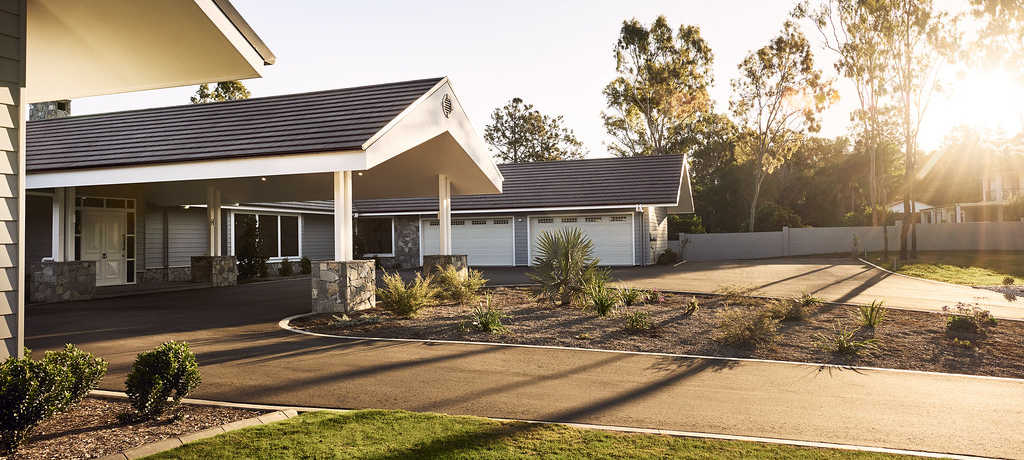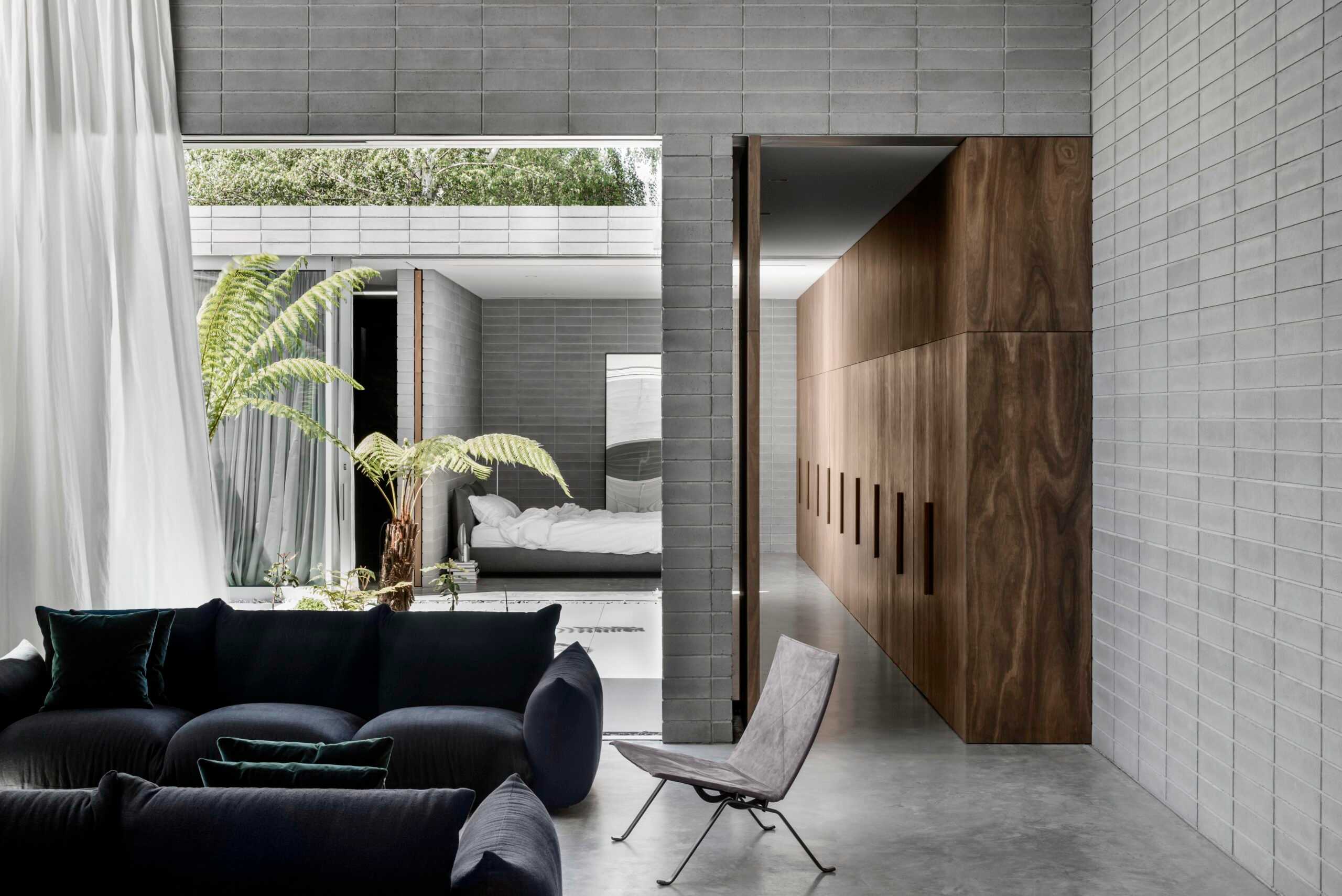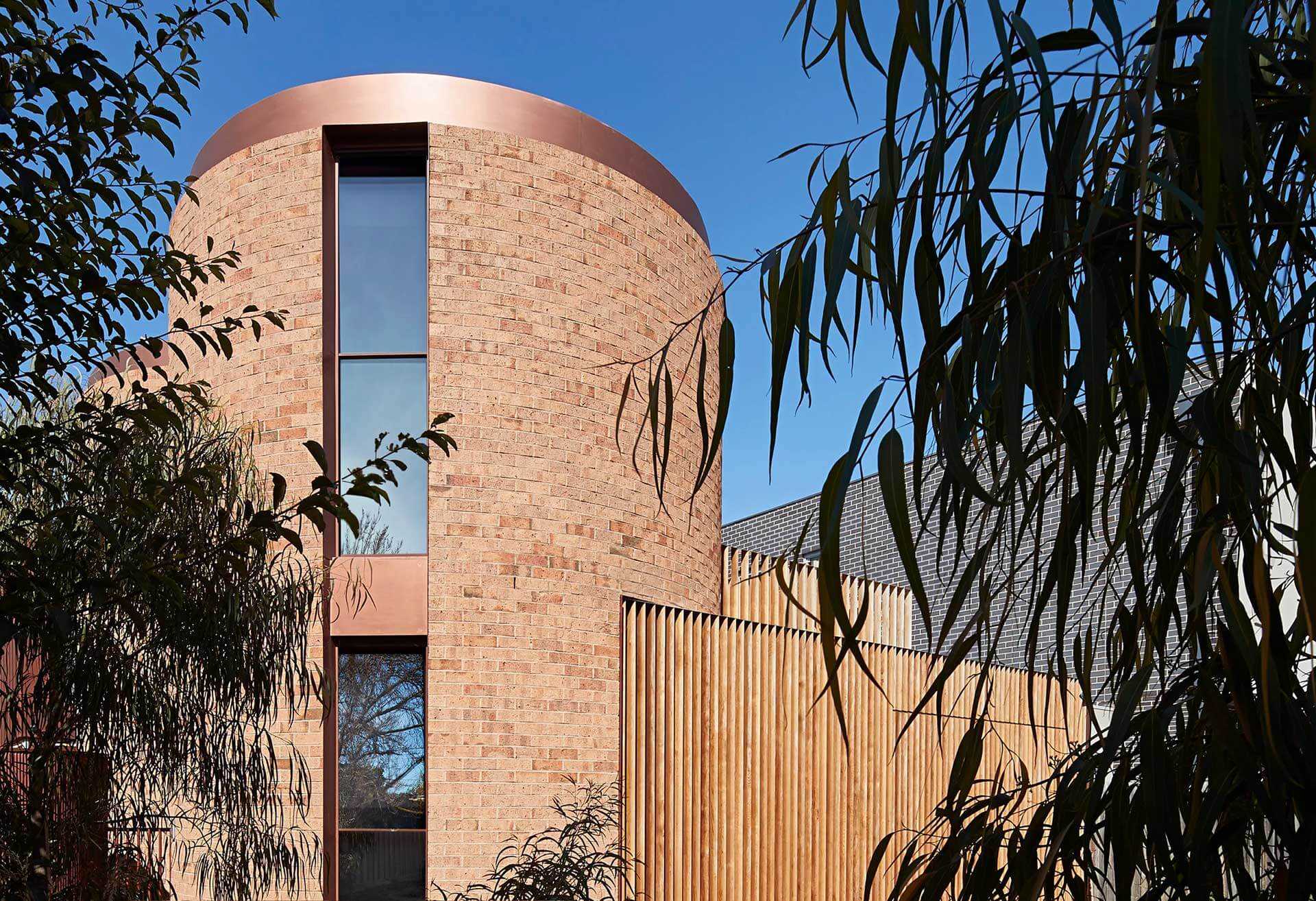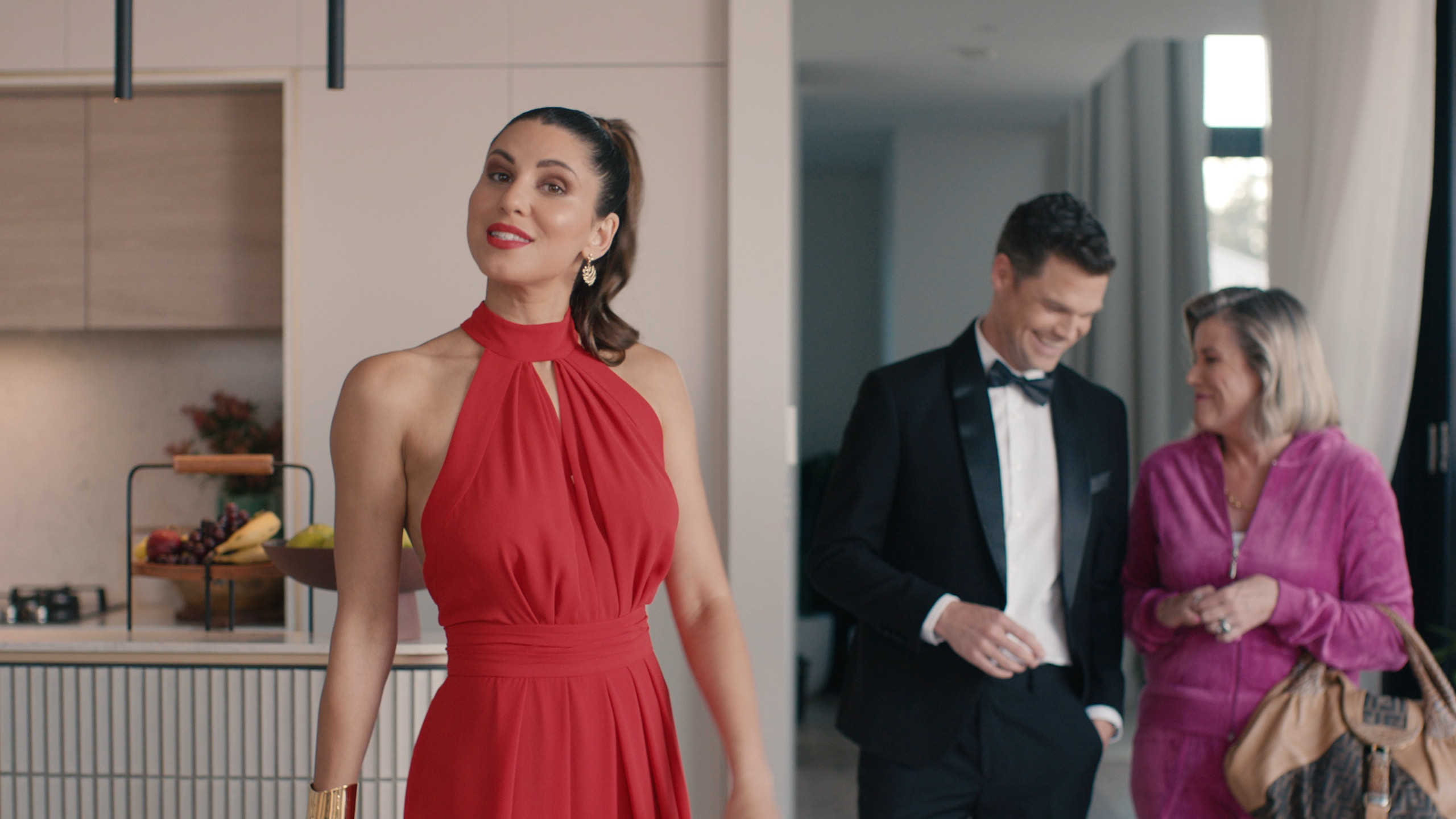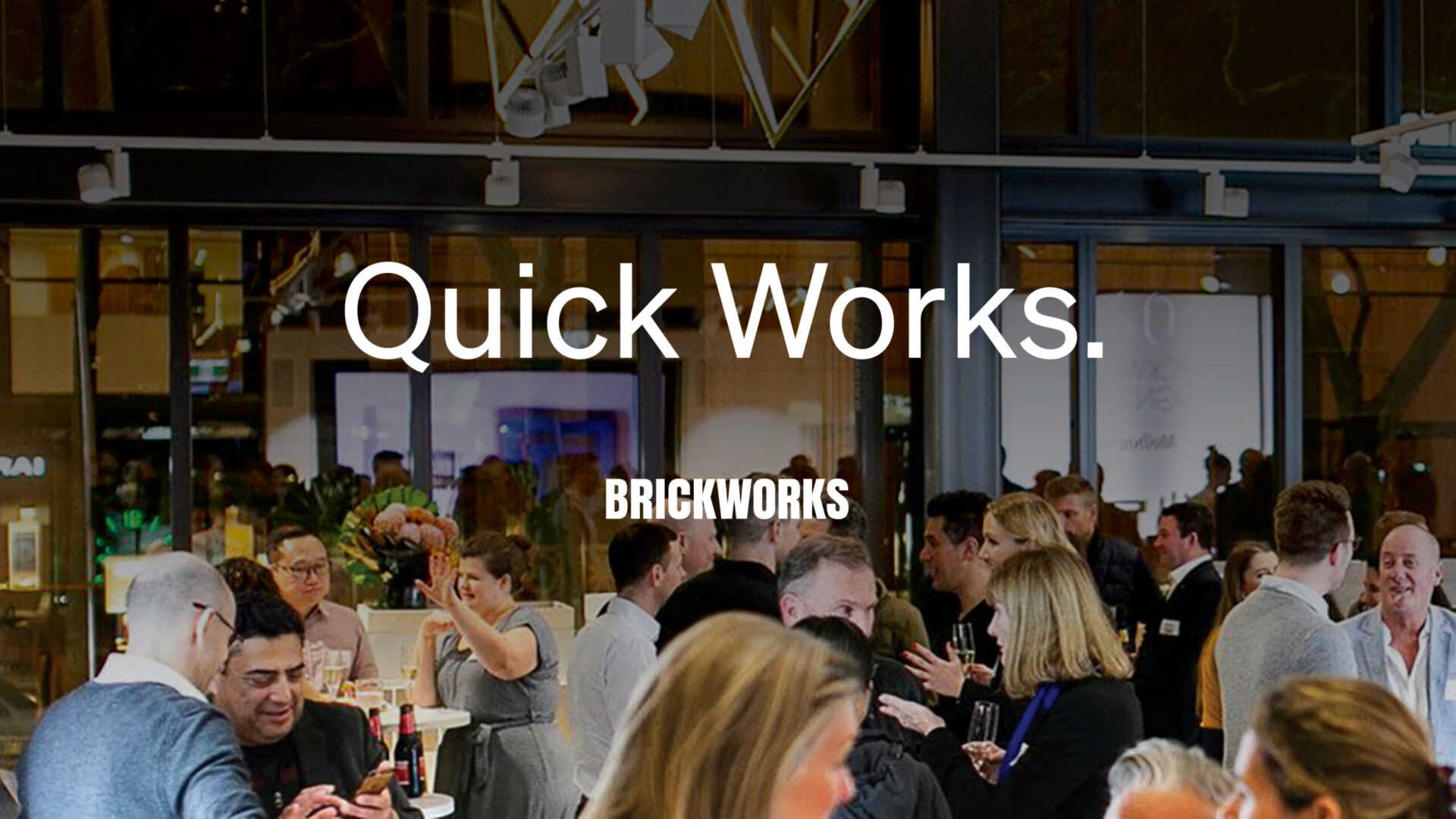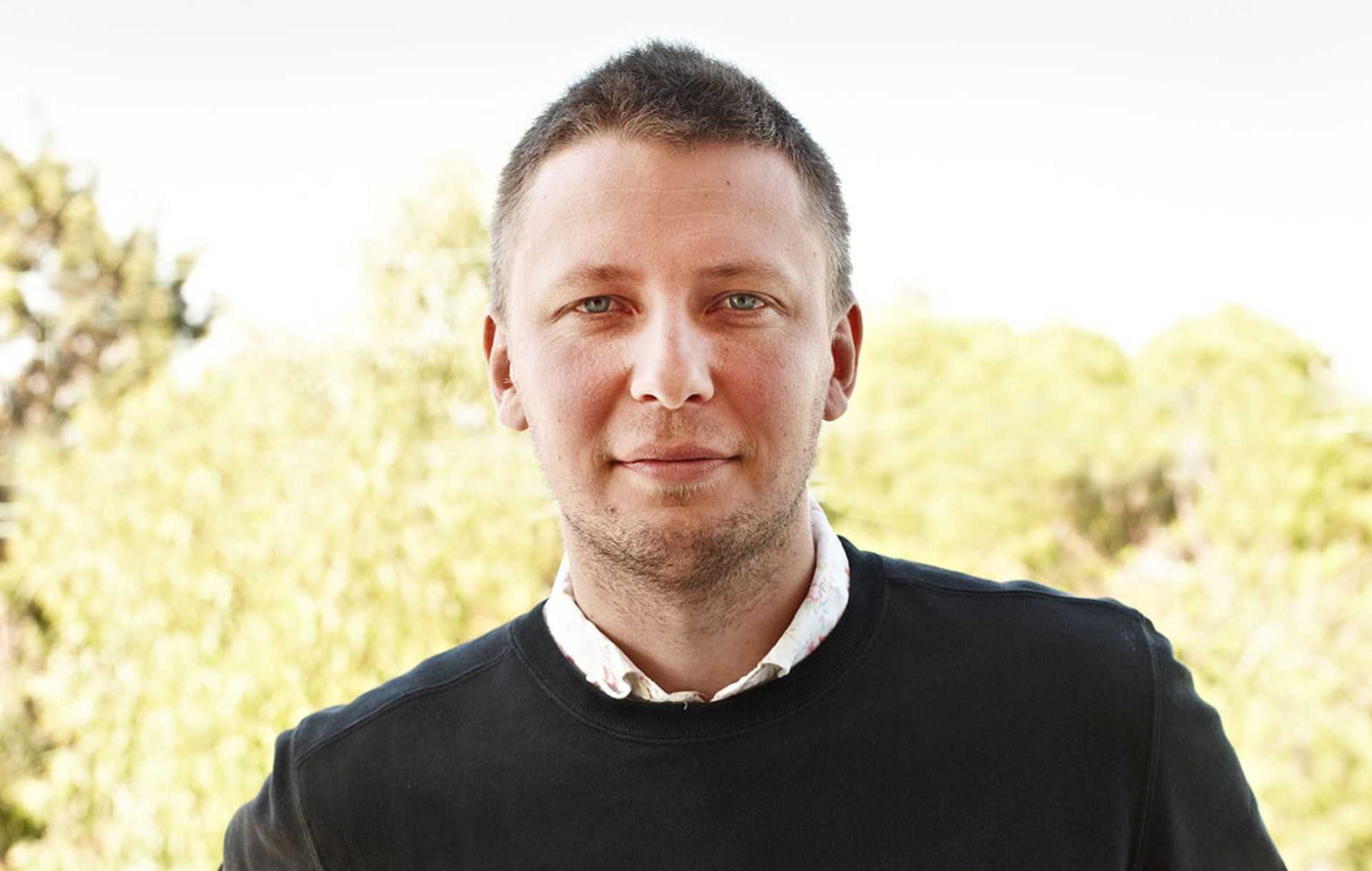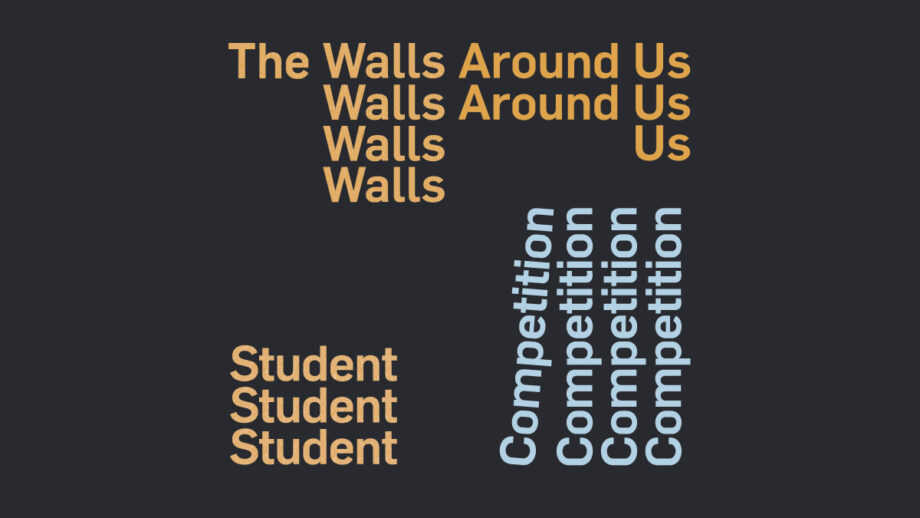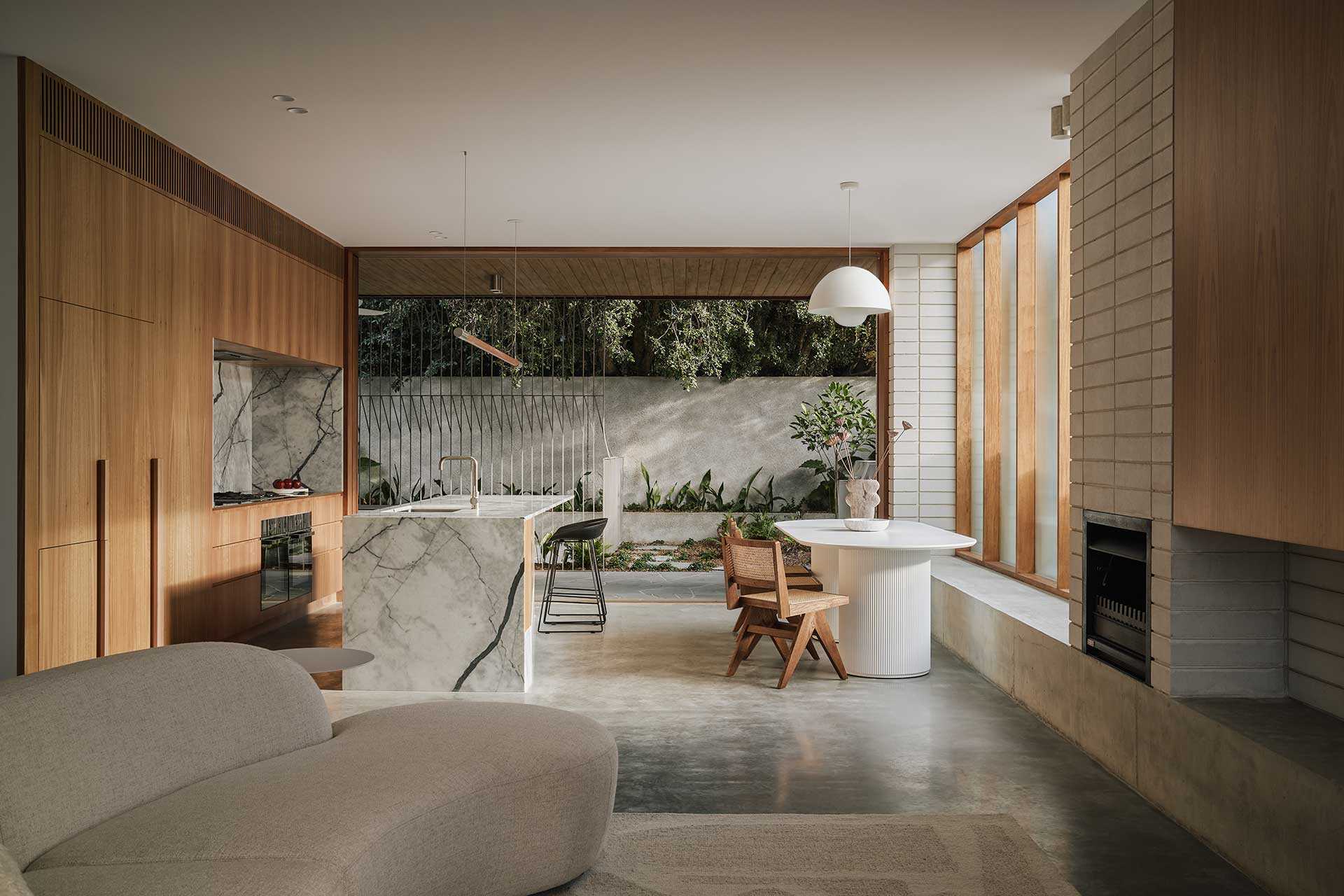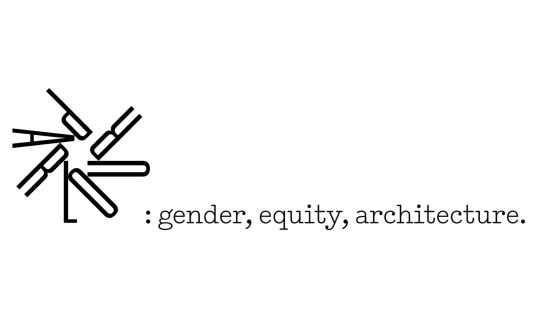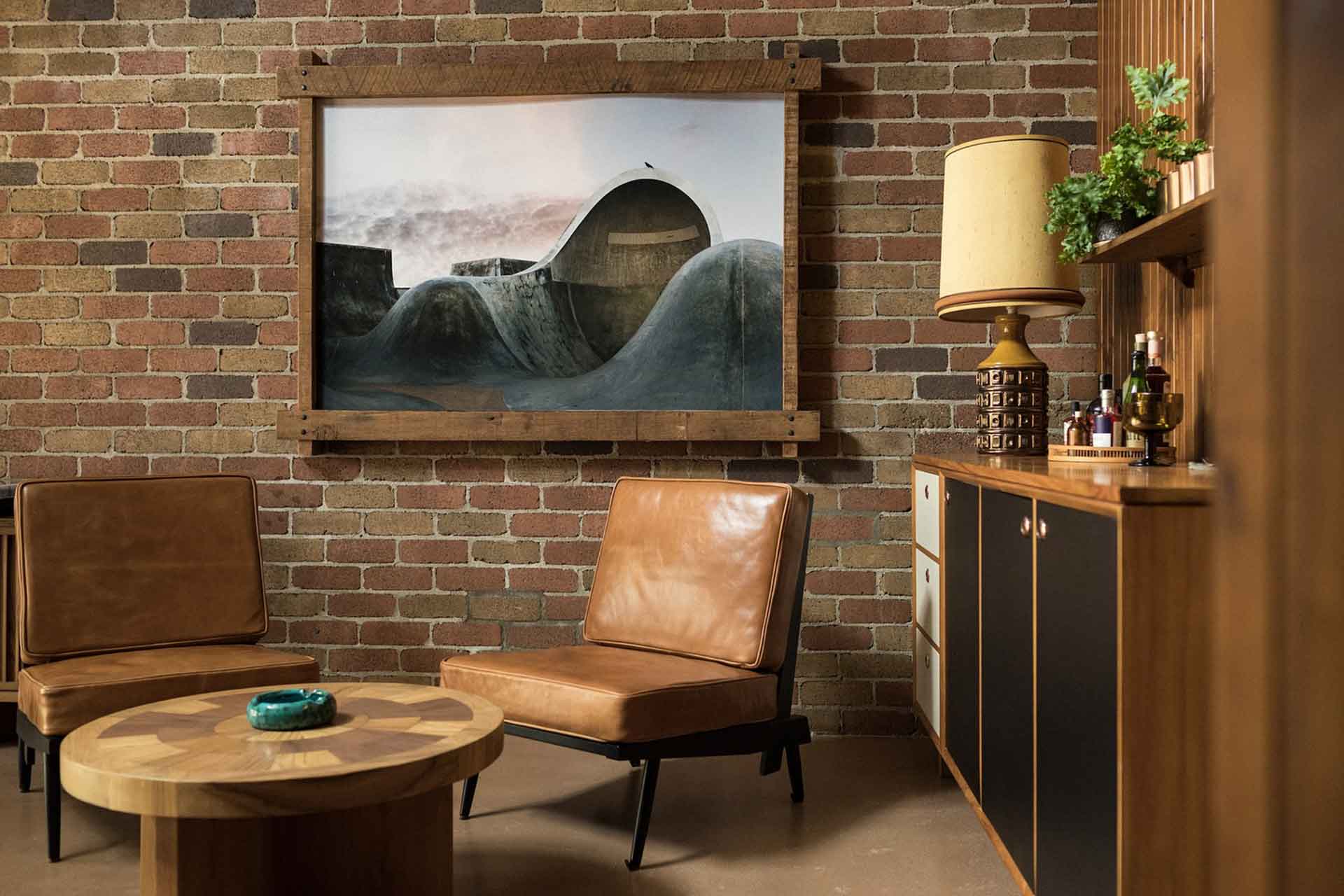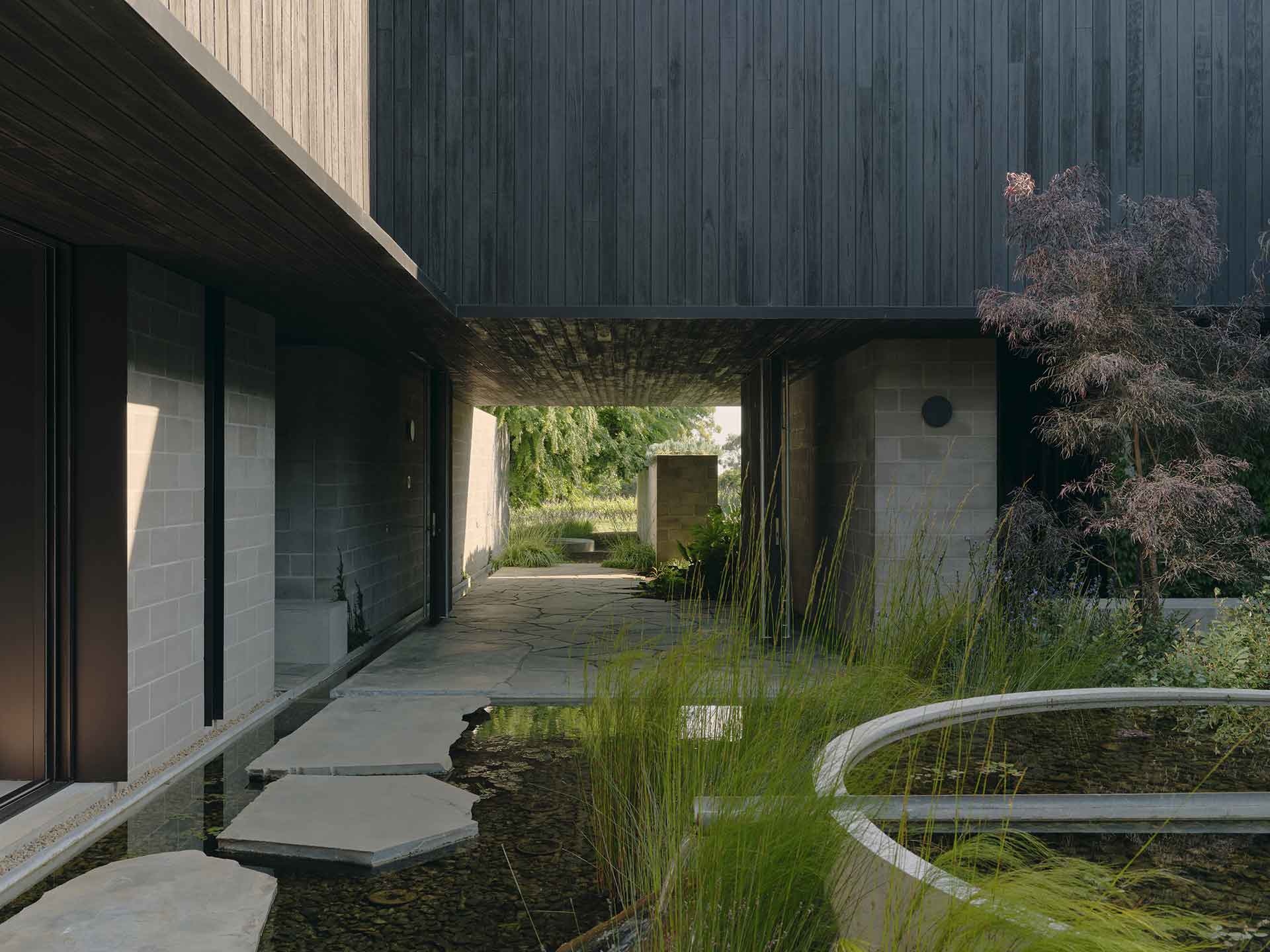
Project: The Block House
With views over Broken Bay, ready access to wetlands and bush walks, rainforest and the Hawkesbury, it’s little wonder that this idyllic spot attracts a large weekender population.
The owners of this stunning and imaginative house retained their previous holiday home, a duplex shared with another family, built just a few doors away in 1992. The new and the old homes share three characteristics: location (both have absolute beach frontage), designer (Porebski Architects), and walling material (concrete masonry).
“The client liked the concrete block from his previous house so much that there wasn’t a question of not using it again,” says Alex Porebski. His father, Andre Porebski (who designed the original house) and Caomhán Murphy were the project architects, with Murphy also handling site works.Andre’s daughter,Victoria D’Alisa, is the practice’s interior designer.
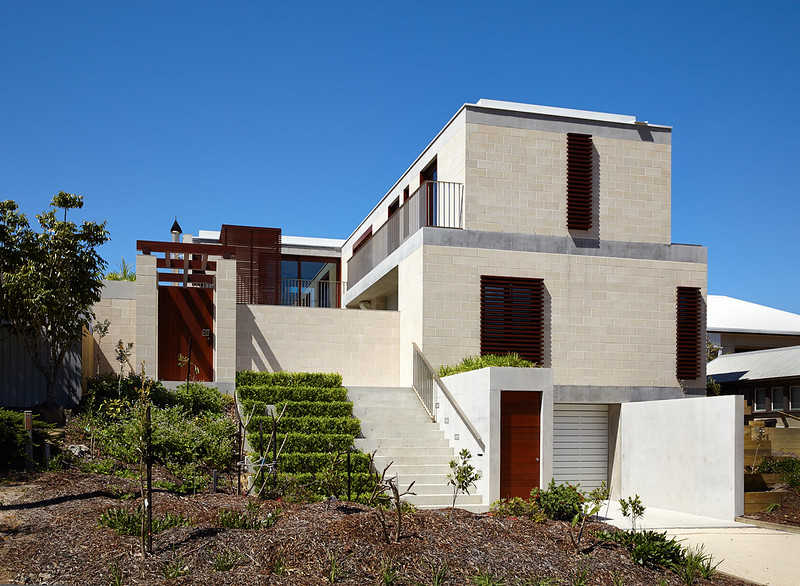
Weatherboards are a popular cladding material in this location, however the designers took their cues from the caves and sandstone cliffs in the surrounding area “which seem to have lasted a lot longer than the trees!”Alex quips.
The saline environment and windborne sand were another factor in choosing to once again specify concrete masonry which is highly resistant to abrasion and attack by moist, salt-laden air. And face blockwork, both internally and externally, doesn’t require expensive finishes such as paint to maintain its durability. As well as being high in embodied energy, painted finishes must be reapplied frequently in this demanding environment.

The Alabaster coloured masonry units selected from Austral Masonry’s Architec range have a Smooth Face finish. Three other colours are available in the series and four additional finishes: Split Face, Honed Face, Shot Blast Face and Polished Face. These blocks are available in many of the same sizes as their industrial grey concrete masonry cousins, but with a much finer surface finish and contemporary colours.
The house is set over two principle living levels, with a large courtyard and living spaces on the ground floor, and three bedrooms and a study in an L-shaped arrangement above, following the southwestern side boundary.
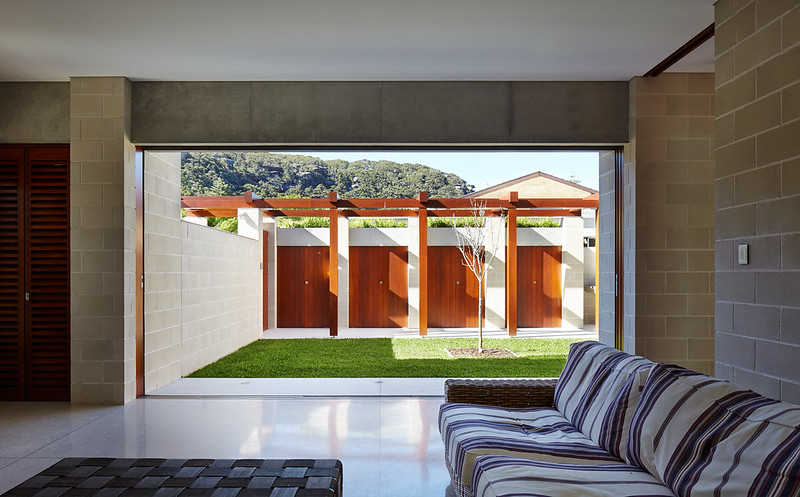
The site and its projected use presented a number of challenges to the designers and the numerous consultants required for this project.
The beachfront location placed parts of the house seaward of the predicted Sea Erosion Line. This required specialist engineering with deep piers bored, effectively allowing the house to be wholly supported on the piles in the event of severe erosion.
For the architects, the major challenge was to protect the residents against the daily onshore winds that make an opening to the south-eastern beachfront all but unusable every afternoon. Their solution was a central courtyard protected by operable screens and windows against the prevailing winds.
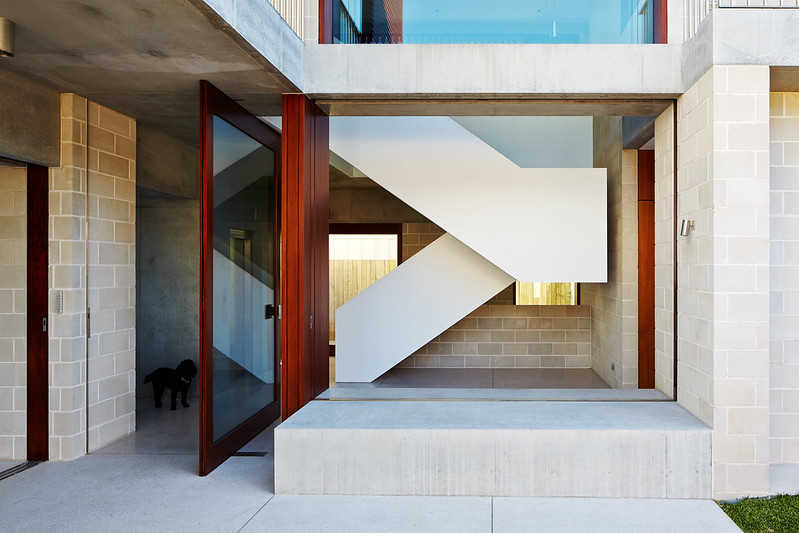
The courtyard does double duty, also allowing northern light to penetrate along the north-eastern boundary. “It really becomes a sunken suntrap,” says Alex Porebski. “Most houses in this situation orientate all their outdoor space to the beachfront but come afternoon there’s no sun and often you can’t sit out there because of the wind.”
The whole house can be opened up to sun access. “If you are sitting in the courtyard you can connect with the bushland behind and also with beach quite easily. The courtyard was really one of the driving principles of the design.”

The building is designed for low maintenance and a long life. Stainless steel rainwater goods are essential in this corrosive environment.The flooring is terrazzo.The use of paint internally is minimised.The structural elements are concrete masonry and off-form concrete.
The sliding doors and screens use stainless steel sailing hardware and the nautical theme is continued with teak window frames and screens. In perhaps the only concession to regular maintenance, the owners decided to oil the teak rather than leaving it to weather.
The house also has excellent sustainability credentials. Thermal mass, a key but often overlooked cornerstone of passive design, requires heavyweight materials such as masonry. Concrete slabs also assist thermal mass but the greatest benefit is derived from perimeter mass.
“Besides the passive environmental side of things with massed walls to the west and south, there are quite heavily insulated roof areas, good cross ventilation, good solar access into the house, and the operable timber shutters and double glazing with low-e glass,” says Alex Porebski.These work in unison with thermallymassed materials to smooth the high diurnal (day to night) temperature variations.
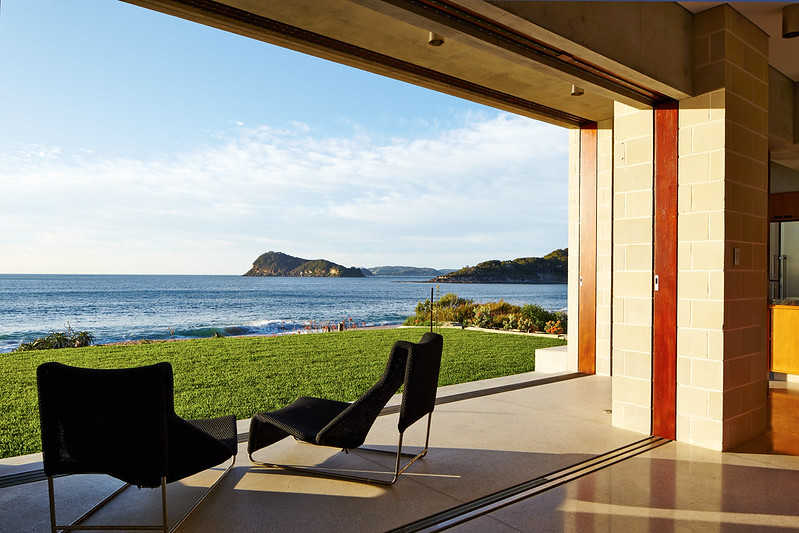
Alex praises the work of the builder who “did an exceptionally fine job.” He singles out the detailing of the off-form concrete staircase leading from the street and the precise laying and alignment of the concrete masonry.
The challenging location and the expected affects of climate change required the collaboration of a number of specialists, including structural, geotechnical, hydraulic and coastal engineers, as well as an ESD (environmentally sustainability design) consultant.
Throughout this, Porebski’s clients maintained an active and considered involvement which has resulted in an outcome that Alex Porebski describes as “a thoughtful sequence of meticulously crafted pieces forming a house that celebrates the act of living on the beach.”
Learn about our products.
Join us at an event.
